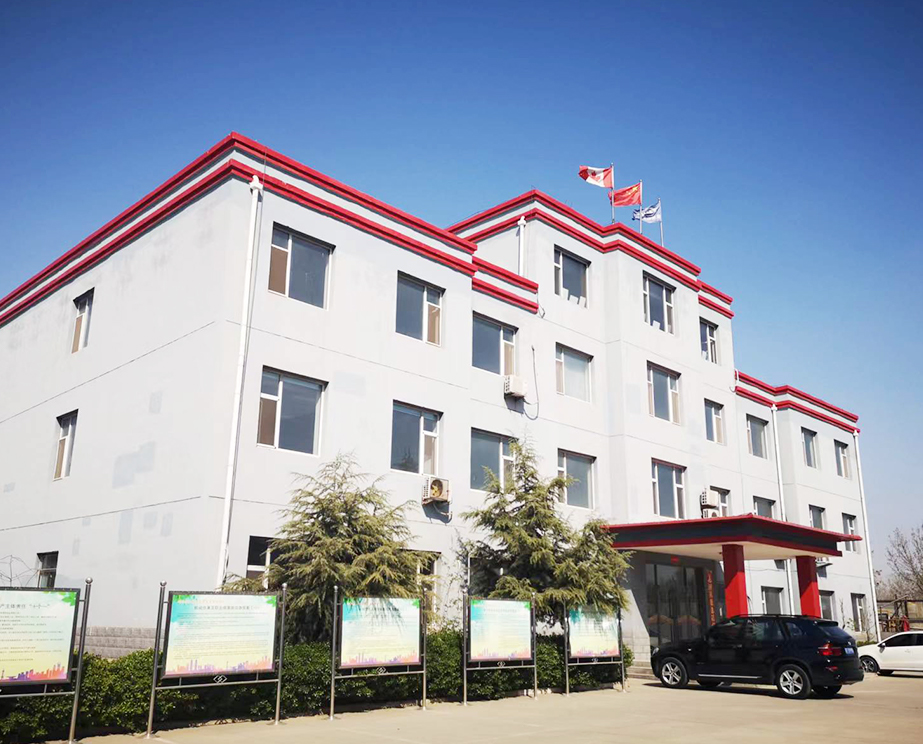- Afrikaans
- Albanian
- Amharic
- Arabic
- Armenian
- Azerbaijani
- Basque
- Belarusian
- Bengali
- Bosnian
- Bulgarian
- Catalan
- Cebuano
- Corsican
- Croatian
- Czech
- Danish
- Dutch
- English
- Esperanto
- Estonian
- Finnish
- French
- Frisian
- Galician
- Georgian
- German
- Greek
- Gujarati
- Haitian Creole
- hausa
- hawaiian
- Hebrew
- Hindi
- Miao
- Hungarian
- Icelandic
- igbo
- Indonesian
- irish
- Italian
- Japanese
- Javanese
- Kannada
- kazakh
- Khmer
- Rwandese
- Korean
- Kurdish
- Kyrgyz
- Lao
- Latin
- Latvian
- Lithuanian
- Luxembourgish
- Macedonian
- Malgashi
- Malay
- Malayalam
- Maltese
- Maori
- Marathi
- Mongolian
- Myanmar
- Nepali
- Norwegian
- Norwegian
- Occitan
- Pashto
- Persian
- Polish
- Portuguese
- Punjabi
- Romanian
- Russian
- Samoan
- Scottish Gaelic
- Serbian
- Sesotho
- Shona
- Sindhi
- Sinhala
- Slovak
- Slovenian
- Somali
- Spanish
- Sundanese
- Swahili
- Swedish
- Tagalog
- Tajik
- Tamil
- Tatar
- Telugu
- Thai
- Turkish
- Turkmen
- Ukrainian
- Urdu
- Uighur
- Uzbek
- Vietnamese
- Welsh
- Bantu
- Yiddish
- Yoruba
- Zulu
petroleum tubing coupling
Understanding Petroleum Tubing Couplings
Petroleum tubing couplings play a crucial role in the oil and gas industry, serving as vital components in the construction of drilling and production operations. These couplings are carefully designed to connect sections of tubing, facilitating the safe and efficient transport of petroleum products from the well to the surface. A thorough understanding of these couplings is essential for professionals in the field, as they contribute significantly to the overall functionality and safety of drilling operations.
What Are Petroleum Tubing Couplings?
Petroleum tubing couplings are mechanical devices used to join lengths of tubing or pipe. They are primarily made from high-strength steel, which can withstand the extreme pressures and corrosive environments typically encountered in oil extraction processes. These couplings can vary in size and design, catering to different specifications based on the requirements of the drilling operation.
Types of Tubing Couplings
There are several types of tubing couplings, each tailored for specific applications. The two most common types are
1. EUE (External Upset End) This type of coupling features a thicker wall at the ends, providing enhanced strength and superior resistance to bending and torsional forces. EUE couplings are often used in high-pressure applications due to their ability to endure tough conditions.
2. IEE (Internal Upset End) Unlike EUE couplings, IEE couplings have their upset section on the inside, allowing for a larger internal diameter. This design minimizes friction, making it suitable for applications where fluid flow efficiency is paramount.
Each type of coupling has its own advantages and applications, and selecting the right one is crucial for ensuring operational integrity and efficiency.
petroleum tubing coupling

The Importance of Proper Coupling Installation
Proper installation of petroleum tubing couplings is essential to prevent leaks and failures that could lead to environmental hazards or economic losses. The installation process typically involves threading the ends of the tubing and coupling, followed by tightening the connection using specialized tools. Adequate torque specifications must be adhered to, ensuring that the couplings provide a secure and leak-proof seal.
Various factors can impact the installation process, including the physical condition of the tubing, environmental factors such as temperature and pressure, and the specific requirements of the drilling operation. Regular inspections and maintenance are also vital to ensure that couplings remain in good condition throughout their operational lifespan.
Challenges and Innovations in Coupling Technology
As the oil and gas industry continues to evolve, so too does the technology surrounding petroleum tubing couplings. One of the significant challenges is the increasing demand for deeper and more complex drilling operations, which requires more robust and innovative coupling solutions. Engineers and manufacturers are continuously researching new materials and designs to enhance performance, reduce weight, and improve resistance to corrosion and other external factors.
Furthermore, advancements in manufacturing technology, such as 3D printing and CNC machining, are allowing for more precise and customizable coupling designs. These innovations can lead to improved safety, reduced costs, and increased efficiency in drilling operations.
Conclusion
Petroleum tubing couplings are integral components of the oil and gas industry, facilitating safe and efficient extraction of valuable resources. With various types available and a need for careful installation, understanding these couplings is essential for professionals in the field. As technology continues to advance, the future of petroleum tubing couplings promises greater efficiency and safety, ultimately driving the industry's growth and sustainability.
-
Tubing Pup Joints: Essential Components for Oil and Gas OperationsNewsJul.10,2025
-
Pup Joints: Essential Components for Reliable Drilling OperationsNewsJul.10,2025
-
Pipe Couplings: Connecting Your World EfficientlyNewsJul.10,2025
-
Mastering Oilfield Operations with Quality Tubing and CasingNewsJul.10,2025
-
High-Quality Casing Couplings for Every NeedNewsJul.10,2025
-
Boost Your Drilling Efficiency with Premium Crossover Tools & Seating NipplesNewsJul.10,2025







